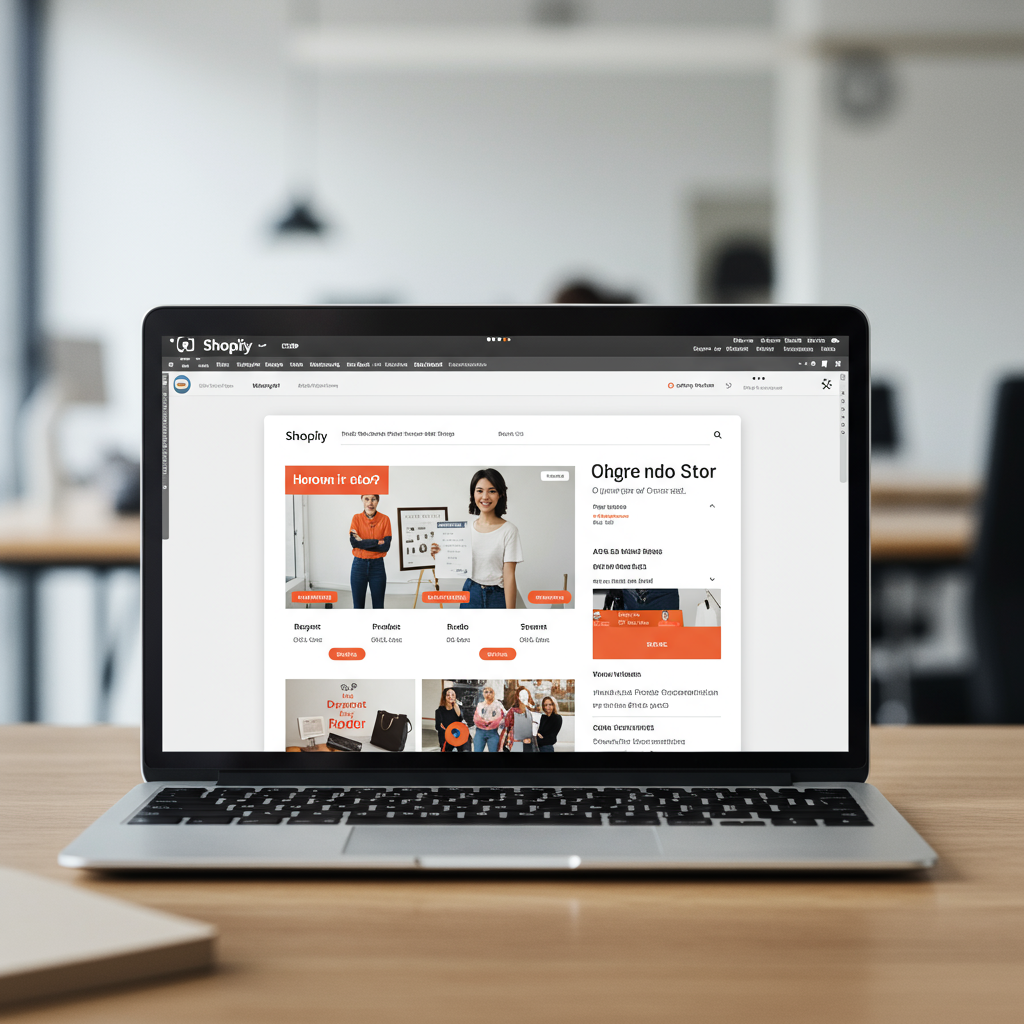Elevate your online store’s first impression and convert more visitors into loyal customers.
Hello fellow Shopify merchants! As we look ahead to 2025, the digital landscape continues to evolve at an incredible pace, and staying ahead is key to success.
Your Shopify store’s homepage isn’t just a digital storefront; it’s the virtual front door to your brand, often the very first impression a potential customer gets.
In today’s competitive e-commerce world, a well-designed, optimized homepage is no longer a luxury—it’s an absolute necessity for converting visitors into loyal customers.
I’ve spent a lot of time analyzing emerging trends and best practices, and I want to share my insights on how you can elevate your Shopify homepage design for 2025.
Our collective goal here is to create a homepage that not only looks fantastic but also performs exceptionally, driving engagement and ultimately, sales.
First, let’s talk about the hero section. This is the prime real estate above the fold, and it needs to grab attention instantly and communicate your value.
For 2025, consider dynamic, high-quality video backgrounds or interactive elements that showcase your products in action, creating an immersive experience.
Your main headline should be clear, concise, and immediately communicate your unique selling proposition (USP). What problem do you solve? What makes you different?
Below the hero, intuitive navigation is paramount. Customers should be able to find what they’re looking for within a few clicks, ideally even fewer.
Think about implementing mega menus for larger inventories, using clear and descriptive category labels, and ensuring a prominent, functional search bar.
Mobile navigation needs to be equally seamless and easy to use, as a significant portion of your traffic will come from handheld devices.
Personalization is going to be huge in 2025, driven by advanced AI. Your homepage should dynamically adapt to returning visitors based on their browsing history or purchase behavior.
This could mean showcasing previously viewed products, recommending complementary items, or even tailoring promotional banners specifically for them.
Integrating social proof is non-negotiable for building trust. Display customer testimonials, star ratings, or user-generated content prominently.
People inherently trust other people’s experiences, and seeing positive feedback builds immediate credibility for your brand and products.
High-quality product imagery and video are more important than ever. Invest in professional photography and consider 3D models or augmented reality (AR) previews for key products.
This allows customers to visualize products in their own space, significantly reducing purchase hesitation and potentially decreasing returns.
Call-to-actions (CTAs) must be clear, compelling, and strategically placed throughout your homepage. Use action-oriented language like ‘Shop Now,’ ‘Discover More,’ or ‘Get Yours Today.’
Don’t overwhelm visitors with too many CTAs; prioritize the most important actions you want them to take to guide their journey.
Page speed is a critical factor for both user experience and search engine optimization (SEO). A slow-loading homepage will deter visitors and negatively impact your search rankings.
Optimize images, leverage browser caching, and minimize unnecessary apps or code to ensure your site loads lightning-fast across all devices.
Mobile-first design isn’t just a trend; it’s the established standard. A significant portion of your traffic will come from mobile devices, so your homepage must be perfectly responsive.
Test your design on various screen sizes and ensure all elements are easily tappable, readable, and provide a smooth user experience.
Consider integrating a blog section or recent articles directly on your homepage. This not only provides valuable content but also helps with SEO and positions you as an industry expert.
Transparency and trust signals are increasingly important. Clearly display your return policy, shipping information, and readily accessible customer support options.
A dedicated section for ‘About Us’ or your brand story can also build a deeper, more emotional connection with your audience, humanizing your brand.
Sustainability and ethical practices are becoming major purchasing drivers for conscious consumers. If your brand has a commitment in this area, highlight it on your homepage.
This resonates deeply with a growing segment of consumers and can significantly differentiate you from competitors in a crowded market.
Finally, remember that your homepage is never truly ‘finished.’ Continuously monitor its performance using analytics tools like Google Analytics and Shopify’s built-in reports.
A/B test different layouts, headlines, and CTAs to see what resonates best with your audience and drives the highest conversion rates.
The e-commerce landscape is dynamic, and your homepage should be too. Be prepared to adapt and evolve with new technologies and shifting consumer behaviors.
By focusing on these key areas, you’ll be well on your way to creating a Shopify homepage that not only looks stunning but also converts visitors into loyal customers in 2025 and beyond.
I’m really curious to hear your thoughts on these tips. What do you think about this article? Are there any strategies you’ve found particularly effective for your own Shopify store?






